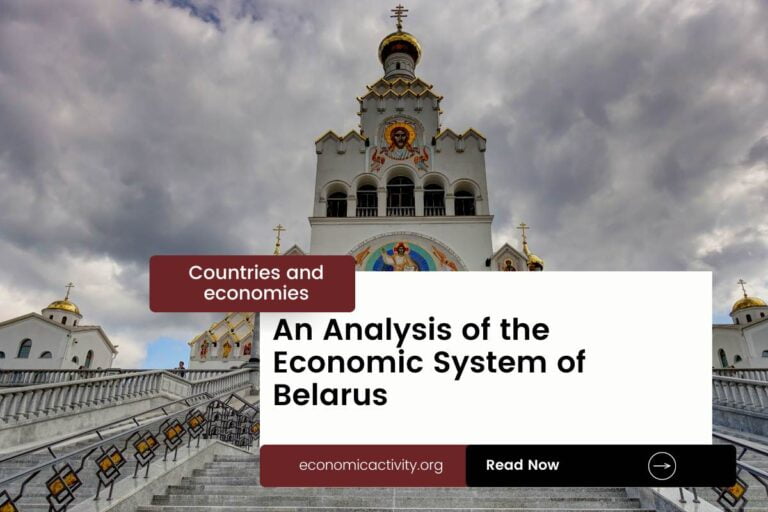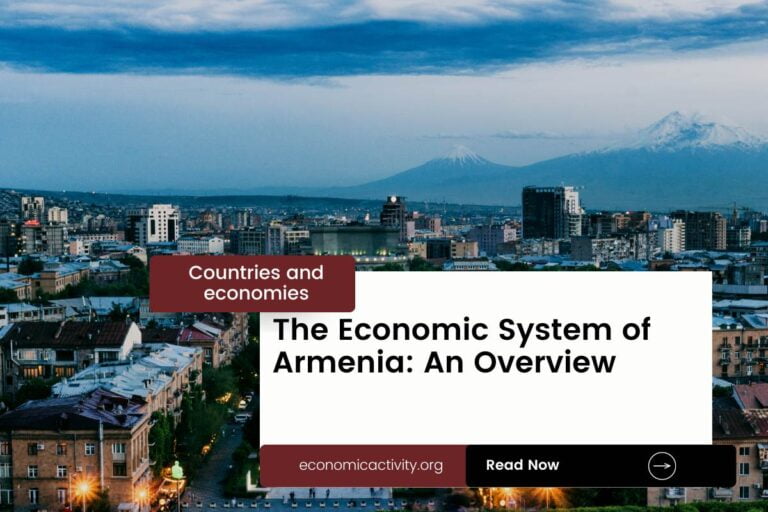Thailand, with a population of 71,697,030, is ranked 19th in the world, just behind Germany. Located in Southeast Asia, it covers a total area of 513,120 square kilometers, ranking 51st globally, just behind Yemen, Republic.
Thailand, with a GDP of $495,423,343,049.62 in 2022, holds the 29th rank globally. It is closely behind the United Arab Emirates, which has a GDP of $507,063,968,273.31. In terms of GDP per capita, Thailand ranks 92nd with $6,909.96. It is slightly behind Belize, which has a GDP per capita of $6,984.22.
Thailand’s economy showcases steady growth and diversification, with key sectors including tourism, manufacturing, and agriculture contributing significantly to its economic position on the global stage.
What are the economic activities of Thailand?
- Primary activities: 8.2% of GDP.
- Secondary activities: 36.2% of GDP.
- Tertiary activities: 55.6% of GDP.

Primary Sector of Thailand
Thailand’s primary sector, predominantly agriculture, thrives due to its favorable climate and abundant natural resources. With 45.99816007% of the country’s land dedicated to agriculture, Thailand produces a diverse range of crops and animal products, including sugarcane, rice, cassava, oil palm fruit, maize, rubber, tropical fruits, chicken, and pineapples.
Despite contributing 8.2% to the GDP, agriculture remains vital to the economy. The variety of agricultural products underscores the sector’s importance, providing employment and sustaining livelihoods for many in the country.
The country’s diverse geological landscape provides a rich array of natural resources. These include tin, rubber, natural gas, tungsten, tantalum, timber, lead, fish, gypsum, lignite, fluorite, and arable land. These resources play a vital role in the economy, contributing significantly to sectors such as mining, agriculture, and energy production.
Thailand’s oil production of approximately 176,984 barrels per day ranks it 24th globally. With oil reserves of 404,890,000 barrels, accounting for 0.02% of the world’s total, the country’s oil economic activity plays a crucial role in its energy sector.
Thailand’s natural gas production of 37.7 billion m³ in 2020 ranks it 24th in the world. This production significantly contributes to the country’s energy sector, supporting economic growth and development.
Secondary Sector of Thailand
What is the secondary sector or what are secondary activities?
The secondary sector involves industries that create finished products ready for consumption by manufacturing new goods from raw materials. Thailand’s main industrial products include textiles, garments, agricultural processing, beverages, cement, jewelry, electric appliances, computers, integrated circuits, furniture, automobiles, agricultural machinery, petrochemicals, pharmaceuticals, rubber, sugar, rice, cassava, tungsten, and tin.
Manufactures play a crucial role in Thailand’s total exports, accounting for 72.55% in 2023. They drive economic growth, create jobs, and contribute significantly to the country’s trade balance.
Tertiary sector of Thailand
What is the tertiary sector or what are tertiary activities?
The tertiary sector in Thailand encompasses a wide range of services that focus on enhancing productivity and meeting various needs. Main activities include restaurants, healthcare, education, banking, communication, media, tourism, transportation, and security services. These sectors play a crucial role in driving the country’s economy and meeting the demands of both consumers and businesses.
Specifically, Thailand’s economy heavily relies on tourism, contributing significantly to its GDP. With 39.9 million annual arrivals, accounting for 0.56 of its population, popular destinations like Bangkok’s Grand Palace and Phuket’s beaches play a crucial role in attracting visitors and driving the tourism industry.
Another example of tertiary economic activity is the mobile cellular sector, with approximately 126 million subscriptions, equating to 176 per 100 inhabitants. This extensive connectivity fosters technological growth, enabling innovation and digital services.
Military Activities and Economic Sectors of Thailand
The military is a key example of how different economic activities work together. In Thailand, the military uses resources from the primary sector, like materials for equipment. The secondary sector is important too, as it includes the manufacturing of military gear. The tertiary sector provides services, while the quaternary sector focuses on research and development. Lastly, the quinary sector involves high-level decision-making and strategy.
In 2023, Thailand’s military expenditure was about 5,765.8 million US dollars, which is 1.15% of its GDP. The country has an active military force of 360,850 personnel, resulting in about 10 active military members for every 1,000 people in the population.
International Trade of Thailand
Import Activities of Thailand

Thailand’s high import activities, accounting for 68.1% of GDP in 2023, demonstrate its reliance on foreign goods for economic growth and development.
Thailand’s key import activities include importing crude petroleum, integrated circuits, gold, natural gas, and vehicle parts/accessories. Its top import partners are China (26%), Japan (11%), UAE (6%), US (5%), and Malaysia (5%).
Exports Activities of Thailand

Thailand’s export activities are of high importance, constituting 65.78% of its GDP in 2023, totaling $325.89 billion. This showcases a strong reliance on foreign trade for economic growth.
Thailand’s export activities are diversified, with top partners being the US, China, and Japan. Key commodities include machine parts, integrated circuits, vehicles, and accessories. Vietnam and Malaysia are also significant trade partners.
Thailand economy challenges in 2024
Thailand, an upper middle-income Southeast Asian economy, faces challenges in 2024 despite its strong infrastructure and global exports. The country grapples with political instability, environmental issues, and income inequality, hindering the progress of its Thailand 4.0 economic development plan.




Leave a Reply